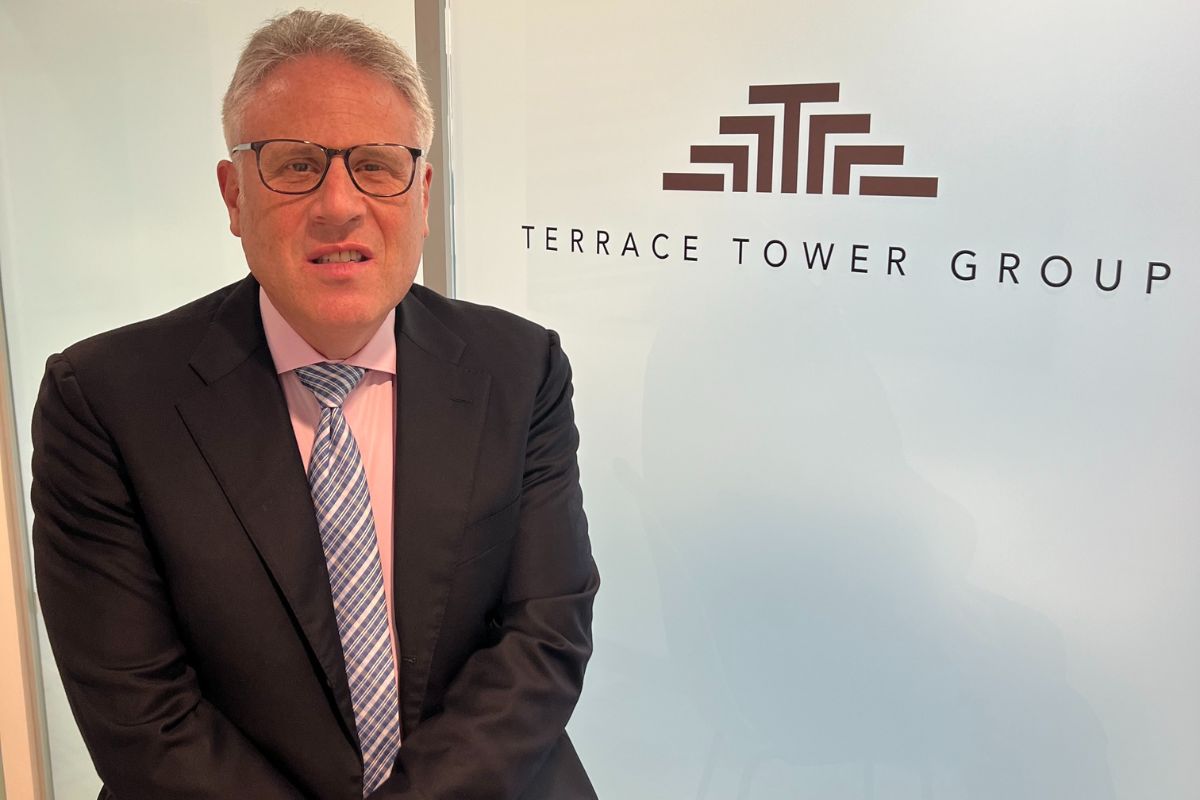The vast sea of options in the high stakes business of investing can seem daunting for the untrained eye, but for William Brown, having a foot in two worlds is something you can’t put a price on.

Terrace Tower Group has come a long way since its Founder John Saunders established the real estate and investment company in the late 80s.
A significant milestone was achieved when Richard Weinberg took over the reins of what would become a family office with a diversified global investment portfolio.
While Weinberg could have simply left the existing retail and office assets to generate wealth, he was more inclined to diversify and follow in the footsteps of multi-generational private companies in the United States.
As the Co-Founder of Westfield, Saunders arrived in Australia as a Holocaust camp survivor who lived by the motto that ‘nothing is impossible’. Today, his opportunistic mindset lives on through the Group’s nimble approach to investing that rests on the shoulders of Brown.
With a background in investment banking and managing billion-dollar assets for the Leonard Stern family office, Brown came on board as Chief Investment Officer in 2011 when the Group’s sole assets were in commercial real estate.
“Half of our investments are now non-real estate,” he says. “The real estate assets are worth more today than they were 14 years ago, but have also funded both increased annual distributions to the family as well as a completely new area of investment.”
With the non-real estate assets now managed by a 10-person investment team split between the United States and Australia, the Group prides itself in its willingness to investigate emerging investing areas.
Dual advantage
With offices strategically located in Sydney, New York and Portland, having exposure to both markets is what gives the company a competitive edge.
“The fact that I’m an American sitting in New York 80 percent of the time, my team will come to the United States a couple times a year. Richard’s probably in the States three months a year,” he explains. “It makes us always get good information, idea flow, strategy and fresh pattern recognition from the United States.
“I think we’re very up-to-date on things that happen there, sort of an unfair advantage. We’re getting better intelligence.”
From independent wealth managers to institutional family offices, Brown adds that one distinct advantage of this unique setup is seeing financial trends play out in the United States long before they reach the shores of Australia.

“Half of our investments are now non-real estate. The real estate assets are worth more today than they were 14 years ago, but have funded both increased annual distributions to the family as well as a completely new area of investment.”
“There’s certain trends that are happening now in Australia that happened five, 10-plus years ago in the United States, and Australia is catching up,” he reflects. “That isn’t on everything. There are some things where Australia is ahead. But in many cases, they’re catching up.”
In 2018, when the company relinquished half of Westfield Eastgardens in Sydney, for instance, investment options – that were well established in the United States – in addition to term deposits and bonds were considered.
“What we ended up doing, which in a way was the reason why Richard [Weinberg] wanted to have an American pattern recognition, is that we started to do private or specialty credit. These are unrated but can be very attractive risk-return investments,” Brown says.
From an administrative perspective, having a firm footing in both worlds also made sense.
“The reason why we invest in the United States and Australia is that they’re quite similar,” Brown says. “The language is the same. The rule of law is pretty similar. The disclosures, particularly in the public side companies, if you read a statement from a American versus an Aussie public company, they’re not the same, but they’re similar.”
The sky is the limit
So what non-real estate assets does the Terrace Tower Group invest in?
“We have also invested in venture. We’ve done some life sciences. Six or seven years ago we did some crypto and blockchain investing, and some of that has done really well,” Brown says. “We’re willing to underwrite first-time managers, smaller managers, and particularly if it’s an area that we don’t know well, we’re willing to investigate and invest.”
Staying innovative in this way has resulted in the team collaborating with other high-net-worth families and developing expertise in the private credit lending space – something Brown hopes to continue to do more of in the coming years.
“In a lot of these transactions that we’ve dealt in the family arena, it’s a team game. You can collaborate and work together.”
“In a lot of these transactions that we’ve dealt in the family arena, it’s a team game. You can collaborate and work together. That’s definitely an area that we believe we’ll do more of,” he says.
And, as far as Brown is concerned, leveraging this pattern recognition in the United States will only continue to advance the private credit investing landscape in Australia.
“We still feel like it’s the beginning of the game here in Australia,” he admits. “Australia has never had a syndicated bank market. It’s dominated by four big banks. I think it’s a very good place to invest. It’s going to attract a lot of foreign investment.”


